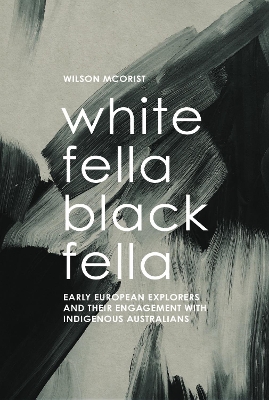The early European explorers of Australia, from the early 1600s to the mid-1800s, narrated the bewilderment, misunderstandings, affection and hostility that arose in their encounters with the Indigenous peoples. Of their reports, many are little known today. They are, however, culturally revealing and historically invaluable, and are closely examined by the author.
For example, in 1705, Dutch sailors abducted two Aborigines, but one struggles desperately and escapes. Around 1800 an Aborigine joins the navigator Matthew Flinders' sailors and presents arms with a short staff, mimicking the sailors with their muskets. Charles Sturt, in 1828, sees it is 'the motion of the wheels' of a cart that excites the Aborigines the most. Thomas Mitchell, in 1836, divulges that his female guide can communicate with strange tribes, unlike his male guide, as some 'diffidence or ceremony' prevents Aboriginal males from speaking to strangers. To Peter Warburton it is 'a great triumph of art' to capture an Aboriginal woman in the western deserts, so she can take him to water. He reveals his disappointment when the woman escapes by 'gnawing through a thick hair-rope'.
- ISBN10 1922669415
- ISBN13 9781922669414
- Publish Date 1 September 2022
- Publish Status Forthcoming
- Publish Country AU
- Imprint Australian Scholarly Publishing
- Format Paperback
- Pages 254
- Language English
